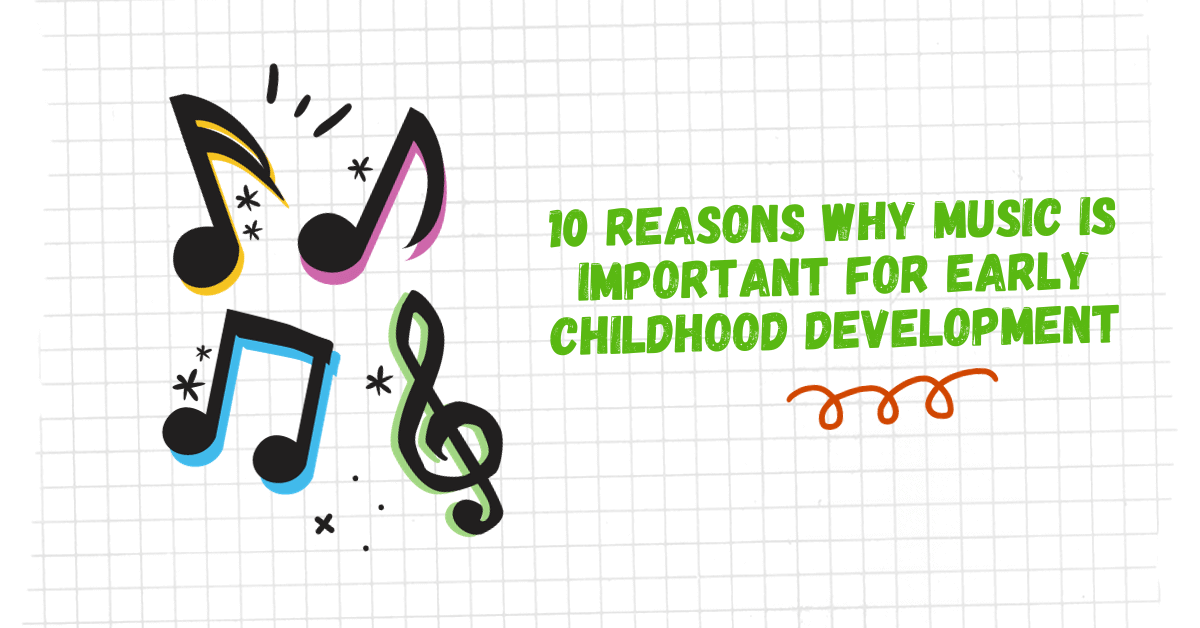Learning a new language can be daunting for both children and parents alike, but teaching your child to speak English at home is an important part of their development. Whether you are a native speaker or not, you can use simple methods to help your little one pick up the language quickly and easily. From nursery rhymes to flashcards, there are plenty of ways to keep them engaged while they learn. By providing encouragement and support throughout the process, you will set your child up for success in mastering English as well as other languages later on in life.
Read on for some tips on how to teach a child to speak English at home!
Teaching English at Home
Flashcards
A great tool for teaching English at home is flashcards. Whether you choose physical cards or online versions, they are an excellent way to practice everyday vocabulary. You can make your own flashcards with easy-to-find items like index cards, or purchase pre-made ones online. Flashcards are perfect for practicing colors, numbers, animals and more — all while having some fun!
Positive Reinforcement
Above all, the most important thing you can do to teach English at home is provide positive reinforcement. Provide your child with lots of praise for their efforts and encourage them to keep learning. Even if they make mistakes, remind them that it’s okay and part of the process. You can also reward their progress as an incentive to keep going.
Games and Activities
In addition to Nursery Rhymes and Flashcards, there are plenty of fun games and activities you can do at home to help your child learn English. Brainstorming creative ways to practice grammar and vocabulary is an enjoyable way for both of you to get involved in the process. You can also challenge them with crossword puzzles, word searches, hangman and other language-based games.
Nursery Rhymes
One of the most effective ways to teach a child English at home is through Nursery Rhymes. Nursery rhymes are filled with fun words, simple phrasing and catchy melodies that children can easily memorize. Repetition is key when it comes to language learning and this helps them remember what they heard. You can also take turns singing verses while pointing out the words, pairing them with visuals and having fun with hand motions. Nursery rhymes are also a great way to help children learn basic language structure like verbs, nouns and adjectives. You can find plenty of unique and uplifting educational songs on Club Baby’s website.
Teaching your child English at home doesn’t have to be stressful or intimidating. With plenty of resources at your disposal, you can help them master English in no time. Nursery rhymes, flashcards, positive reinforcement and games are all great methods to get started on the right foot!
By following these tips, you can give your child the confidence they need to become a fluent speaker of the English language.










0 Comments